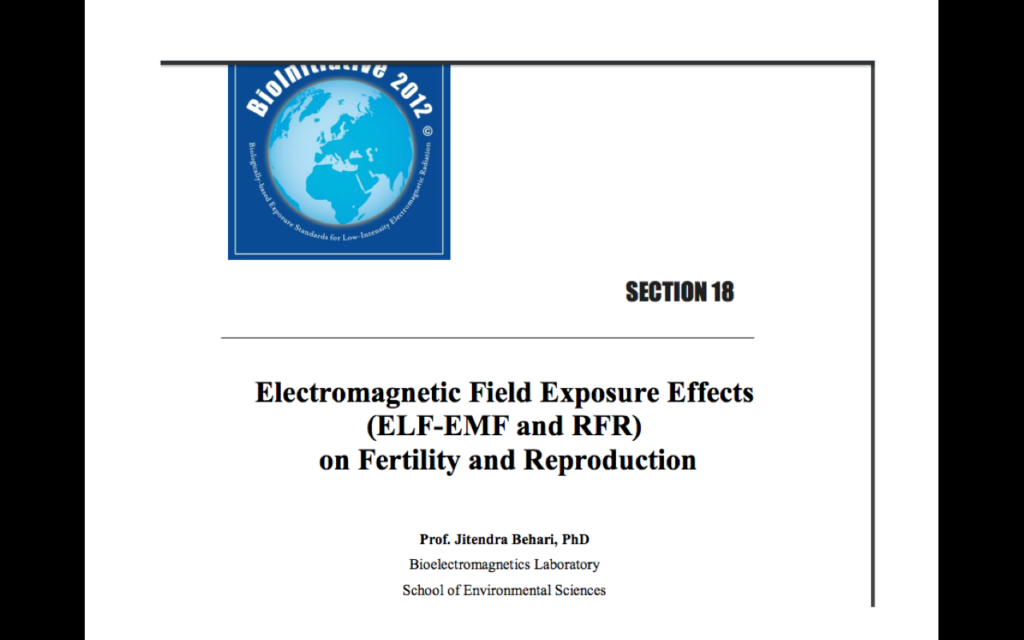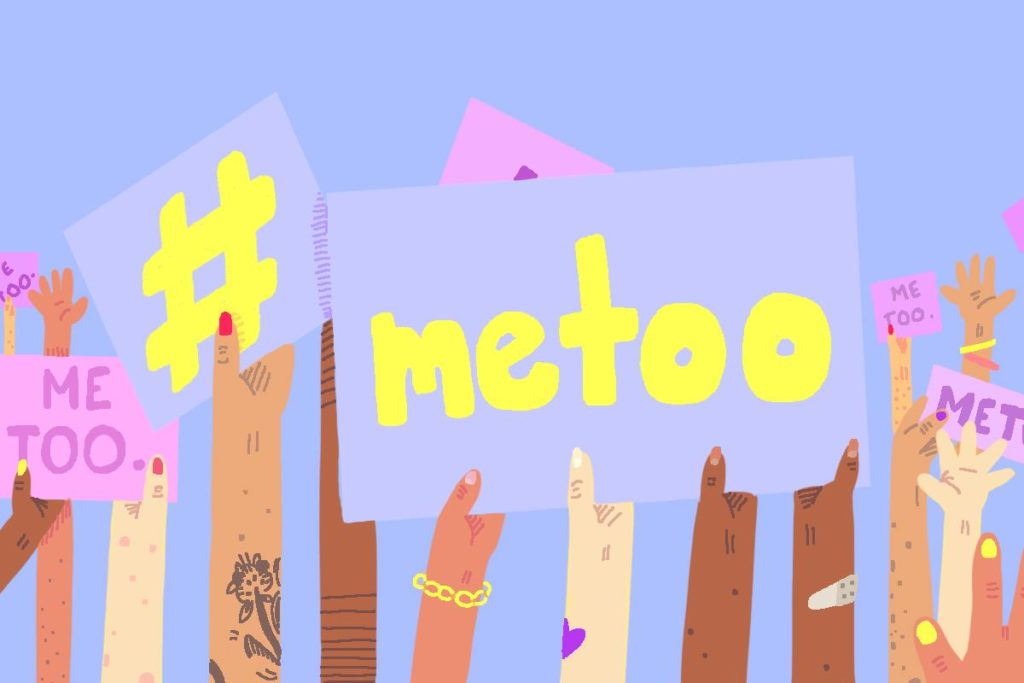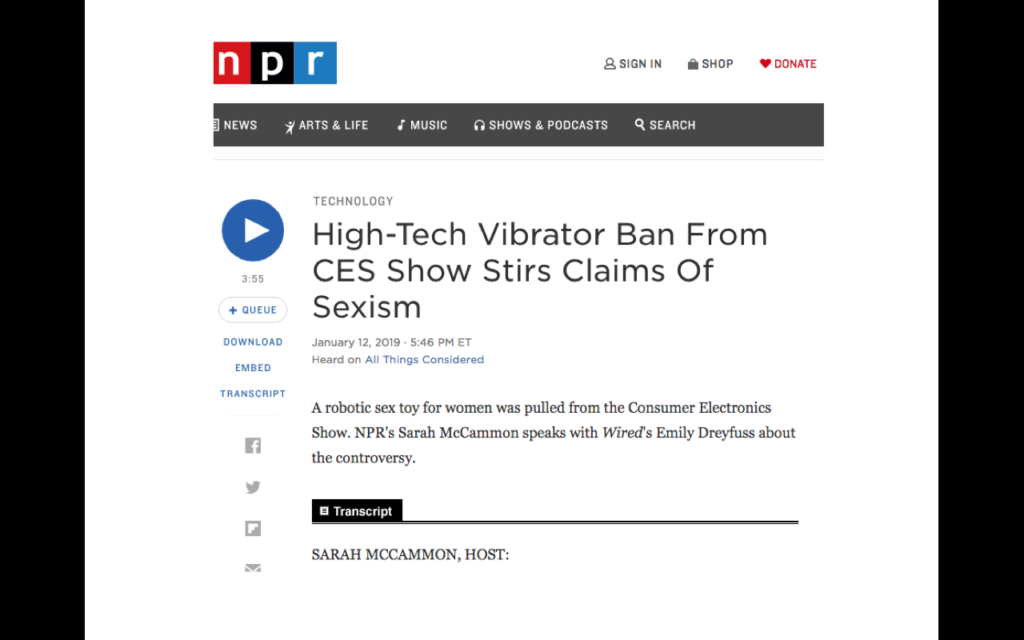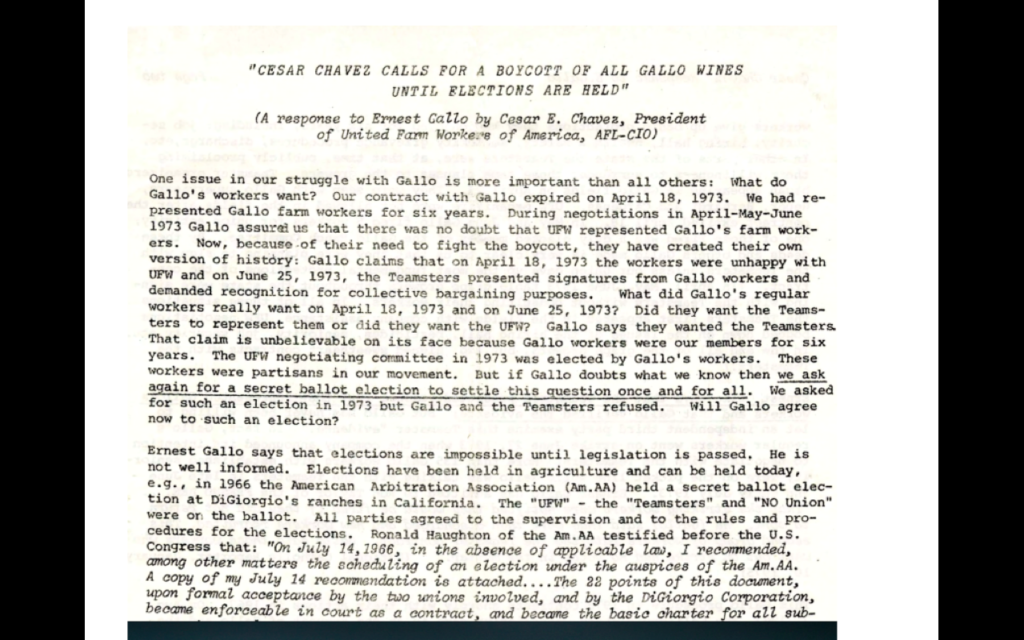“During times of universal deceit, telling the truth becomes a revolutionary act.” ― George Orwell.
For the last 2 years, controversies have erupted at the Consumer Electronics Show concerning women’s rights, and fueling activism by the #MeTooCES movement.
In 2018, women protested the lack of female representation for keynote speaker slots in a tweet storm,[1] and the show made an effort to address those concerns by being more inclusive of women in 2019.
But in January of 2019, a new controversy for women emerged concerning an award-winning vibrator that was excluded from the show. In an interview aired on National Public Radio, NPR’s Sarah McCammon spoke with Wired‘s Emily Dreyfuss about the controversy:
DREYFUSS: Yes. So the product is called the Ose, and it’s a vibrator that uses micro-robotics and biomimicry. Now, the creators of this device, Lora DiCarlo, had submitted this to CES robotics category, into which it was accepted, and then they actually gave it an innovation award. And that’s an award that is given by a jury of experts before you show up to the show.
But then, before the company was able to show up to exhibit at CES in Las Vegas, CTA, who are the leadership behind CBS, changed their mind, sent the company an email saying that actually, they had decided that this device did not fit into the robotics category and, in fact, was going to be excluded from the show floor because it was deemed to be either immoral, obscene, indecent or profane.
MCCAMMON: And that has struck people as a sexist move, right, given that one of the most talked about products at last year’s CES was, to put it bluntly, a sex robot. And virtual reality pornography has been featured in the past as well. What do you make of all this?
Source: NPR
While the debate concerning women’s rights manifests as questions in the media and mass culture about corporate structures, sex toys, and reproductive rights, there is another storm force quietly gathering momentum.
It does not have to do with competing with men, acting like men, gaining equal footing with men, or surpassing men, or with men at all.
And, its not about climate change, or global warming, or sustainability. Likewise, it is not a concern with the race with China for faster, more powerful 5G telecommunications infrastructure, or autonomous vehicles, or data mining, or artificial intelligence.
In 2019, for both men and women, it is a race for the soul of humanity itself.
The race entails our ability to engage in critical thought, to pursue the truth, and to extract our resources and our energy from distracting and incomplete narratives about technology and progress and women’s rights and racial equality and the digital divide and net neutrality, as we destroy the planet.
Why? And, what does this course correction require?
How Does A Narrative Become a Movement?
The Nestle’s Baby Milk Formula Boycott of the 1980s
 Source: Corporate Accountability
Source: Corporate Accountability
Is the 1980s, a movement led by a coalition of church groups emerged opposing Nestle’s unscrupulous sale of infant formula in “Third World” nations. As reported in Fortune magazine in 1981:
The argument over infant formula in the Third World is complex, but there is no dispute over breast milk’s superiority: it provides initial near-perfect nutrition, protects against disease, and is virtually costless. Lactating mothers as a group, in addition, are less likely to conceive than mothers who aren’t breast-feeding.
Because formula is often mixed with unclean water and in unclean bottles in Third World countries, critics say, its unnecessary use can lead to malnutrition, disease and death. They also say poor families ought not be encouraged to spend money on formula when a free alternative is available.
The critics have aimed their fire not at formula itself, because they recognize circumstances in which it is invaluable, but at the aggressive marketing techniques some companies have used in the past to sell it. One technique was to give out free samples. Another was to use “milk nurses” — employees whose supposedly objective advice discourages breast-feeding. A third has been to offer inducements to hospital employees to recommend formula.
[…]
Two mainstays of the boycott were the National Council of Churches and the NCC-sponsored Interfaith Center on Corporate Responsibility.
Source: Washington Post
One response by Nestle was to portray anti-corporate “pro-boycott religious groups of being “Marxists marching under the banner of Christ.” Another response was to partner with non-profit partners; another was to work with media support from corporate-sympathetic newspapers.
How Does A Narrative Become a Movement?
The Gallo Wine Boycott of the 1970s
In 1975, the Catholic Church supported labor unions that had mobilized against Gallo wines for treatment of its farm workers.
 Source: The Catholic News Archive
Source: The Catholic News Archive
The Catholic News Archive reported:
The essence of Judeo-Christian charity is helping those who help themselves, and this is what the farmworkers are asking of you…They don’t want you to build their union for them, this they have already done themselves.
But the union they built is being attacked on all sides by powerful special interests 0 the Teamsters, the growers, the largest agribusinesses corporations, and food store chains. And so they are asking all those who believe in justice and decency to rally on their side.
This is when your faith is put to the test, its not an easy thing to do, taking abstract principles and putting them into practice. But if you believe that we are all our brother’s keepers then this is the time to prove it.
Source: The Catholic News Archive
The New Green Deal
When mass movements take hold, like #MeToo and the New Green Deal, supported by groups like the Sierra Club and 350.org targeting male dominance or fossil fuels or the opposing political party, it is easy to embrace the power of the collective and to believe that we have a handle on the perpetrator-victim-accuser-abuser scenario.
It is harder to step away from the frenzy and to examine the deeper truth, or to listen to the still, small, quiet voices of those being overrun by an exclusionary scenario in which we may unwittingly play a part.
Questioning Sustainability Stories
For example, in the The New Republic, author Emily Atkin had the courage and integrity to ask, Does Your Box of “Ugly” Produce Really Help the Planet? Or Hurt it?
Startups like Hungry Harvest and Imperfect Produce say they’re helping to reduce food waste in America. Critics say they’re deceiving their customers and making the problem worse.
Source: The New Republic
When the False Narrative Drives The Dopamine Drip
Until she uncovered the dark side of Hungry Harvest, including its deleterious impact on Community Supported Agriculture, packing materials and transport costs, and excessive production, Emily Atkin reported feeling “a twinge of pride each time she picked up her box of ugly produce.”
Psychologists have a name for that “twinge of pride;” it is called dopamine.
The danger of manipulating the dopamine-seratonin reward system is now the focus of inquiry in regard to children’s use of social media and technology; for example, in an article by Dr. Victoria Dunkley: Screentime Is Making Kids Moody, Crazy and Lazy. But it is not just children who are in trouble.
6 Ways electronic screen time makes kids angry, depressed and unmotivated.
Screen time desensitizes the brain’s reward system.
Many children are “hooked” on electronics, and in fact gaming releases so much dopamine—the “feel-good” chemical—that on a brain scan it looks the same as cocaine use. But when reward pathways are overused, they become less sensitive, and more and more stimulation is needed to experience pleasure. Meanwhile, dopamine is also critical for focus and motivation, so needless to say, even small changes in dopamine sensitivity can wreak havoc on how well a child feels and functions.
Source: Psychology Today
A generation of environmentalists and politicians experience that “twinge of pride” each time they screw in a compact fluorescent bulb, or lobby for wireless smart utility meters and time-of use-pricing and carbon taxes and carbon capture and energy-efficient devices and poorly-sited and unfiltered solar and wind infrastructure that pollutes the grid with high frequency transients.
The “dirty electricity” high-voltage transients harm human health, hurt farmers, and shorten the lifespan of motors and equipment. This is not only not sustainable; it is wasteful, and it is torturing a portion of the population. [2]
The “twinge of pride” is a weapon in the implementation of a massive manipulation of core values. Unseen and unacknowledged market forces are steering the collective to embrace and consume an invisible toxic mix of microwave radiation and consumer products that support a data-driven surveillance state.
That “twinge of pride” has been conscripted by many of the very same corporations that sustain the damage of the fossil fuel model, and the very groups that have enraged the #MeTooMovement.
Here is the issue, plain and simple, (and this is a story that NPR could be reporting)
1 – The tech industry has portrayed those experiencing harm from wireless technology, who are predominantly women, as experiencing imaginary illnesses, and in need of psychological treatment and referral to mental health practitioners. When that narrative fell out of favor, the industry began condescendingly implying that the symptoms are real and that sufferers may in fact have some sort of medical condition, but that the damage they are experiencing is unrelated to their exposure to wireless devices and infrastructure that alter biology. This should be a source of outrage to every woman who has even been marginalized by the medical profession, and it is not less acceptable now that it includes both utilities and the wireless industries. Symptom onset in the presence of microwave radiofrequencies has been ignored, including alteration of the human heart rate.[3] Radiofrequency exposure has been proven to damage the blood brain barrier, and has been linked with early dementia.[4]
2 – Women’s reproductive rights should include the right to a healthy, pregnancy, delivery, and offspring, and the DNA damage associated with exposure to wireless technology deserves the same scrutiny and attention as other women’s reproductive concerns.[5] We have the intellectual capability as well as responsibility to expand the inquiry regarding wireless beyond the question of cellphones and brain cancer.
 3 – The legislature in the U.S. passed pro-industry regulations to expedite the rollout of new 5G telecommunications infrastructure effective January 14th, 2019 that override the rights of communities to site infrastructure. This will have a significant impact on the lives of many homeowners when ‘small cell’ antennas are placed adjacent to their property, with no pre-market safety or environmental testing or monitoring. [6] This is an unparalleled bullying paradigm.
3 – The legislature in the U.S. passed pro-industry regulations to expedite the rollout of new 5G telecommunications infrastructure effective January 14th, 2019 that override the rights of communities to site infrastructure. This will have a significant impact on the lives of many homeowners when ‘small cell’ antennas are placed adjacent to their property, with no pre-market safety or environmental testing or monitoring. [6] This is an unparalleled bullying paradigm.
It is unlikely that churches housing all of the cell antennas in their steeples will take a stand against the wireless industry. But many different individuals and organizations have begun to take a stance against the immoral, obscene, indecent or profane – not the vibrators excluded from the Consumer Electronics Show, but from the very real harm being perpetrated on so many women, children, and men, as well as the nature environment.
Does the plan to be able to control our home air conditioner from our driverless car as we download a video faster really help the planet? No.
Does is address racism, sexism, or poverty? No.
As invisible forces manipulate the culture’s mass movements with invisible strategies to embrace the adoption of invisible frequencies in the airwaves, it is already possible to see the dangers of continuing down this path.
All women (and men) should have the right to freedom from assault in their own homes and communities, including assault from damaging microwave and millimeter-wave frequencies.
Monsanto is not the only problem industry. It is past time for biologically-based exposure standards for this generation’s unacknowledged market-driven patterns of damaging consumption.
As Kate Kheel of Whatis5G.info notes,
As tech plows ahead full speed with their so-called “Race to 5g”, the rest of us are moving forward with a “Race to Awakening and Consciousness”. Who will win? Us All.
Notes:
[1] https://www.activistpost.com/2019/01/women-and-the-tech-industry-the-consumer-electronics-show.html
[2] http://www.electricalpollution.com/
[3] https://www.naturalhealth365.com/smart-meters-emf-2268.html
[4] Blood-brain barrier breakdown an early driver of dementia, study says
https://medicalxpress.com/news/2019-01-blood-brain-barrier-breakdown-early-driver.html
[6] https://nextcenturycities.org/wp-content/uploads/Summary-of-Proposed-FCC-Small-Cell-Order.v2-1.pdf
Patricia Burke works with activists across the country and internationally calling for new biologically-based microwave radio frequency exposure limits. She is based in Massachusetts and can be reached at stopsmartmetersMASS@gmail.com.







Be the first to comment on "When Will The #MeToo Movement Include Me, Too?"